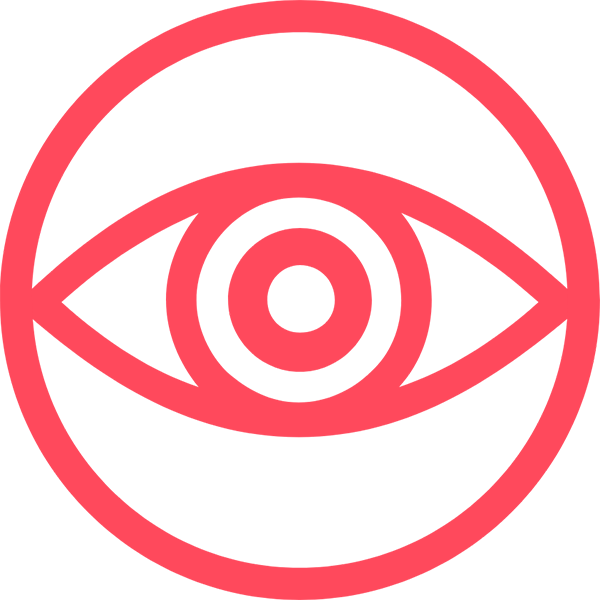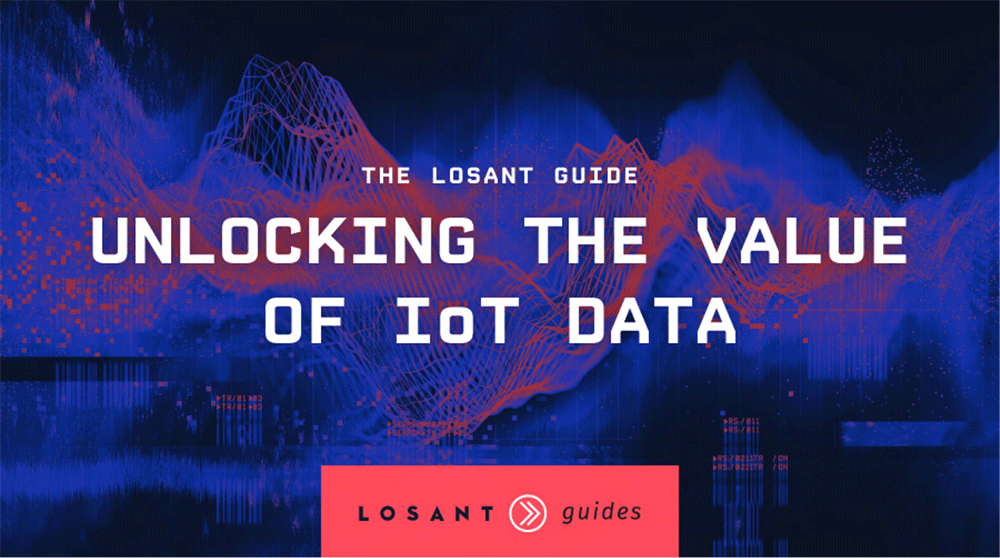Look inside

the Guide
Data is the new currency
IoT data is an intangible asset required for the creation of new products and critical to customer loyalty.
Automotive
McKinsey predicted that there could be as much as $750 billion of value in vehicle data by 2030. IoT data from cars can provide information for autonomous vehicles, insurance companies, future products, maintenance services, and more.
Agriculture
Agriculture is one of the fastest-growing markets for IoT and projected to reach $48.71 billion by 2025 according to Allied Research. John Deere leads in IoT for agriculture innovation and has outfitted many of its machines with connected sensors.
Buy vs Build
When it comes to implementing IoT, many enterprises explore the “buy vs. build” debate. Without careful analysis, it may seem that building in-house is more affordable, but according to the analysts at MachNation, using an IoT application enablement platform (AEP) is 40 percent less expensive than building and maintaining an in-house solution. Some organizations may prefer an in-house development team to build and maintain a custom IoT platform, but there are a number of factors to consider:
A Wide Range of Experts
The construction of an IoT platform requires a team with expertise in a variety of software, hardware, infrastructure, and embedded systems skills.
Long-Term Maintenance
An IoT platform will require updates in line with ever-changing business needs.
Platform Flexibility
The architecture will likely need to be cloud-based, portable, and scalable to work for more than one solution.
From Raw data to ROI
There are a number of opportunities to monetize IoT data through cost savings or revenue generation. Enterprises have already found success with the following industrial IoT (IIoT) and smart environment projects:




